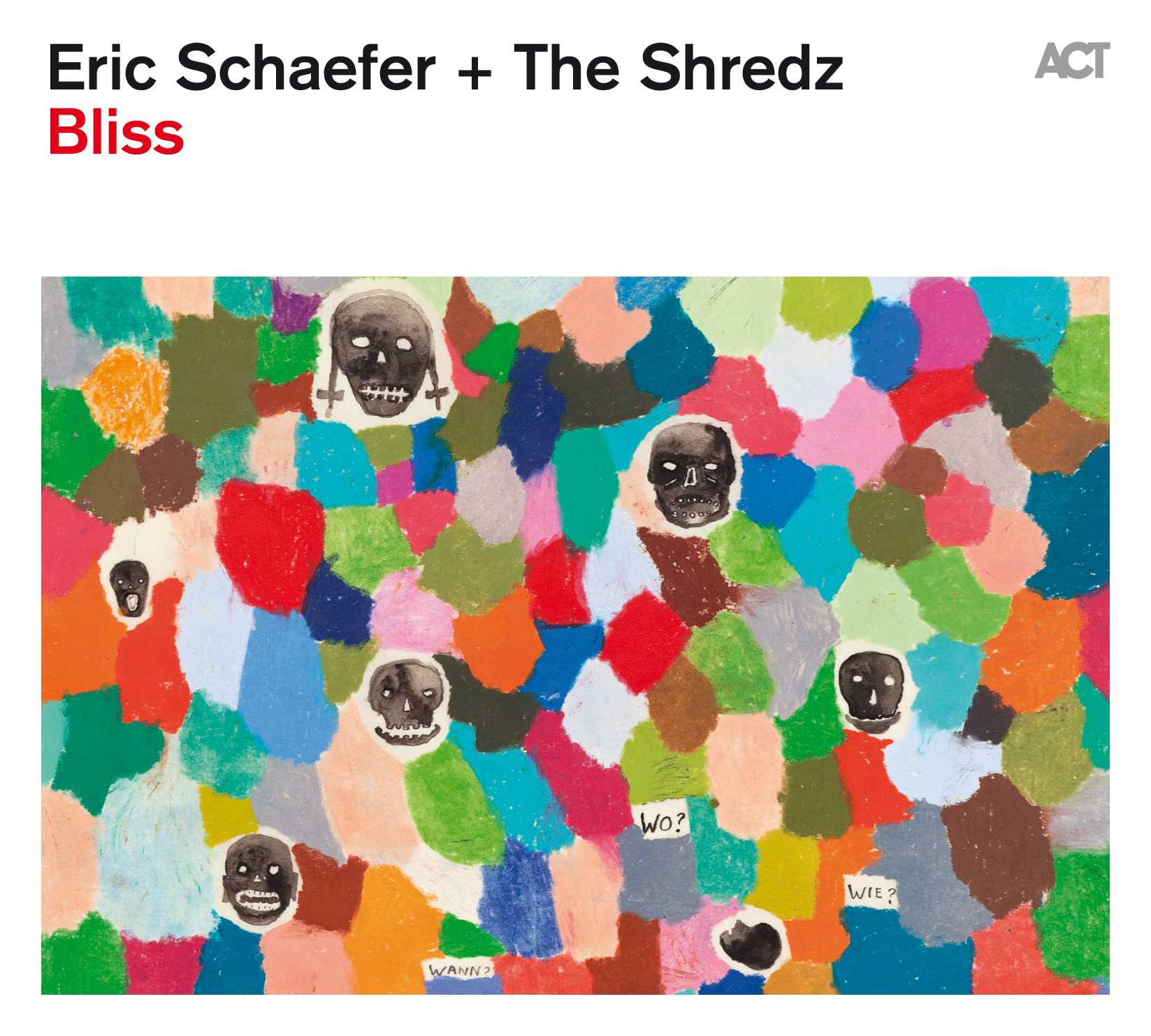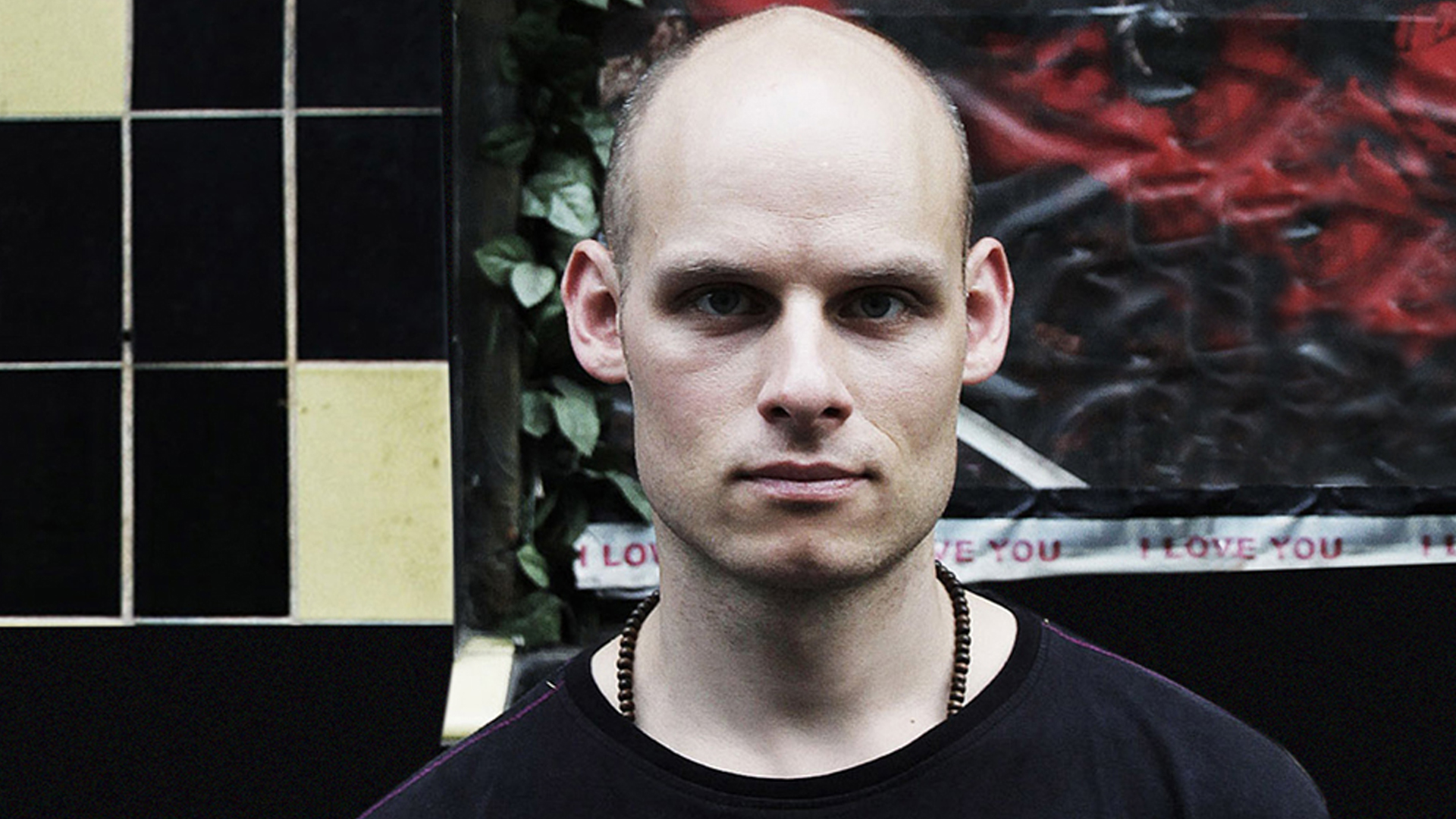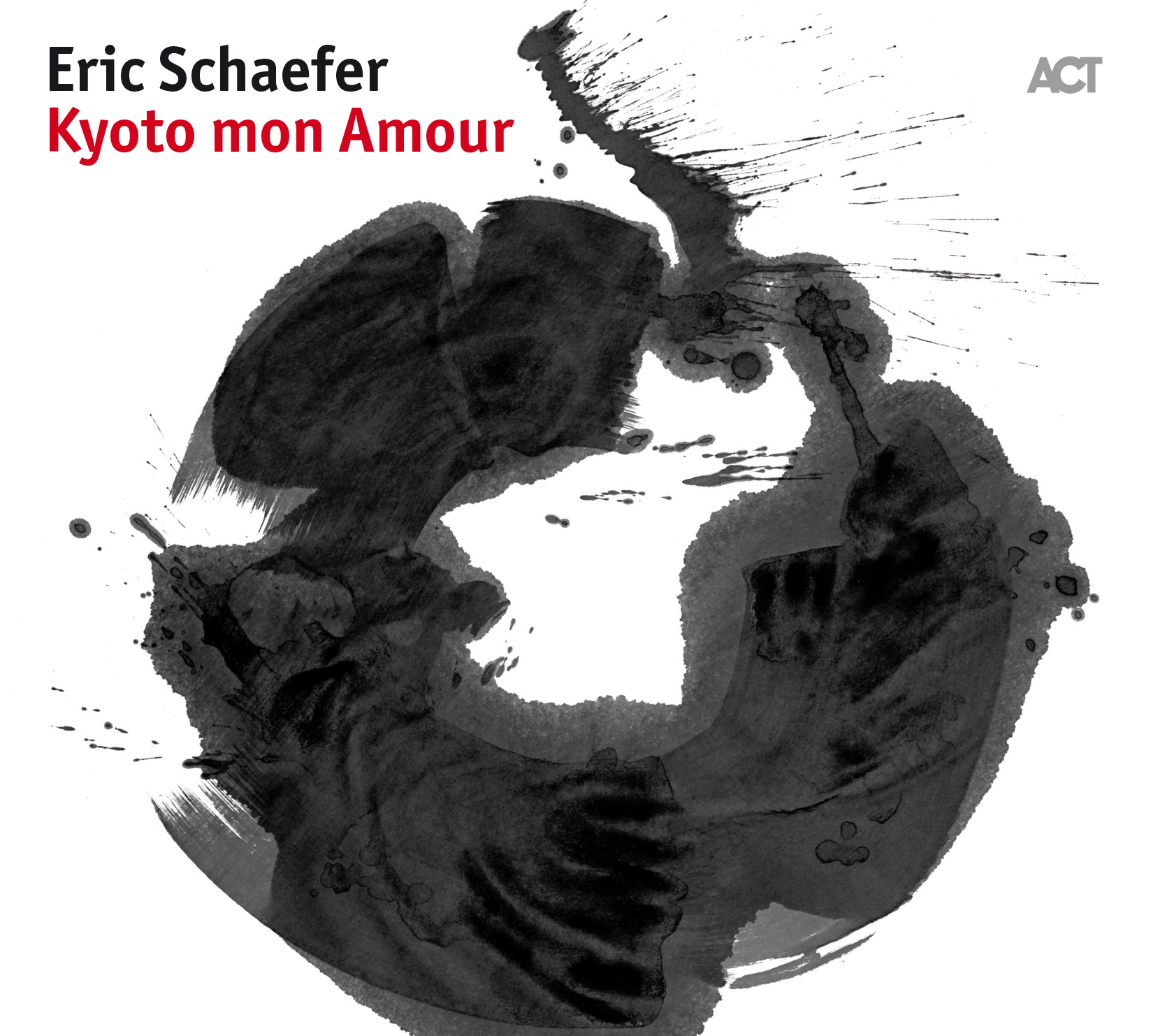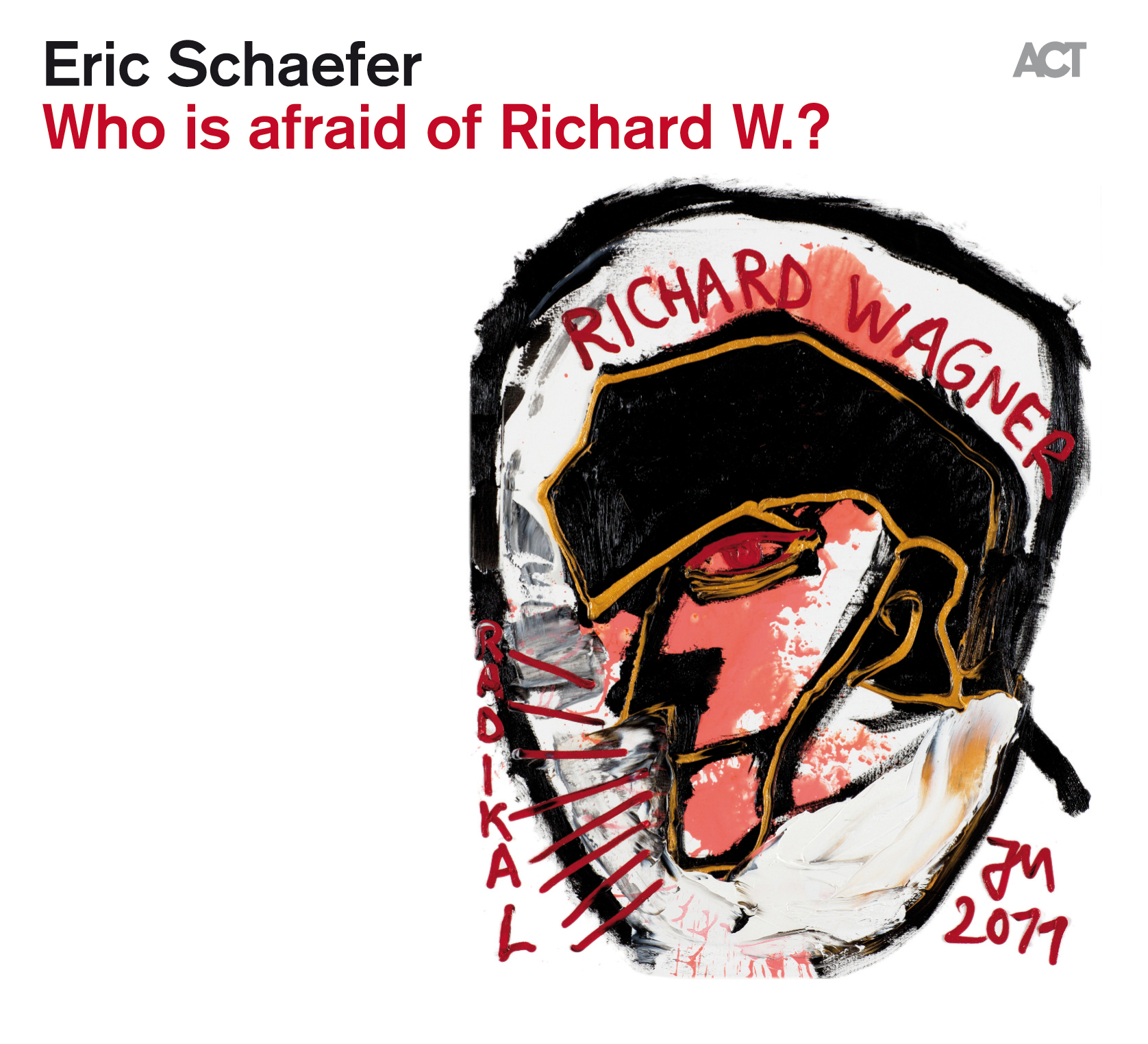Back
VÖ: 18.03.2016
Genre: Crossover
Eric Schaefer / drums, modular synthesizer (08)
John-Dennis Renken / trumpet
Volker Meitz / keyboards
John Eckhardt / bass
Produced by Eric Schaefer
Recorded and mixed by Volker Meitz
at Nordkreuz-Studio, Berlin, Dec. 3 - 4, 2014
Mastered by Uwe Haas
John-Dennis Renken / trumpet
Volker Meitz / keyboards
John Eckhardt / bass
Produced by Eric Schaefer
Recorded and mixed by Volker Meitz
at Nordkreuz-Studio, Berlin, Dec. 3 - 4, 2014
Mastered by Uwe Haas
On “Bliss”, Eric Schaefer and his band The Shredz blend the fusion jazz of the sixties with the jazz dub of the nineties and the club music of today to concoct an explosive hubble-bubble of a magic brew. It’s not Voodoo. It is merely style and good taste, skills and know-how, complex compositions and improvisatory passion.



